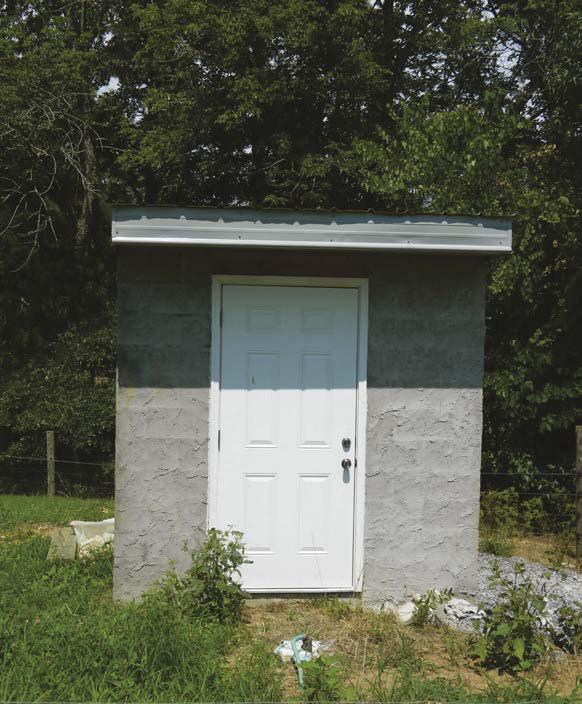Farm Wells

In Groundwater Facts, The National Ground Water Association, headquartered in Westerville, Ohio, states that more than 15.9 million water wells serve all purposes in the United States. A portion of these wells, according to the U.S. Geological Society, provides about 15% of the country's population with drinking water.
Indeed, many home and farm owners up and down Tennessee's Sequatchie Valley rely on water wells to supply water for our homes, livestock and more. On my farm, I also make use of wells to supply fresh drinking water to my livestock.
For the past 20 years electrician, Jarvis Wooten of Jasper, Tennessee, has helped my family and other area families with repairing their wells. A friend who serviced wells provided Wooten with his start when he asked for his help in pulling and troubleshooting well pumps, and Wooten progressed from there. From this vantage point, he offers advice on installing, maintaining and troubleshooting wells.
Installing a Well
"The first thing people need to think about is what the well will be used for," Wooten says. "Will it be used for people, animals, irrigation or some combination of these."
Once you have determined your needs the next step is deciding on where the well be located. For example, some farmers with livestock will use a gravity-fed system with a large reservoir located at the highest elevation on their farm.
Wooten advises talking to your neighbors to see what they are doing as a good place to start. This can help you to determine where to locate your well in addition to providing you with a rough estimate as to the depth of the well you can expect to dig. Based on their experiences in your area, professional well-drilling companies can also help. If you have several to choose from in your area, which isn't always the case, shop around and get estimates to compare costs and availability before deciding which company to hire.
この記事は Hobby Farms の November - December 2022 版に掲載されています。
7 日間の Magzter GOLD 無料トライアルを開始して、何千もの厳選されたプレミアム ストーリー、9,500 以上の雑誌や新聞にアクセスしてください。
すでに購読者です ? サインイン
この記事は Hobby Farms の November - December 2022 版に掲載されています。
7 日間の Magzter GOLD 無料トライアルを開始して、何千もの厳選されたプレミアム ストーリー、9,500 以上の雑誌や新聞にアクセスしてください。
すでに購読者です? サインイン

Much Ado about MULCHING
MULCHING IS ESSENTIAL TO A SUCCESSFUL GARDEN.

THE ULTIMATE SMALL-FARM HOG Guide
RAISING PIGS CAN BE A TASTY, AFFORDABLE SMALL-FARM ADDITION.

PERENNIAL Perks
PERENNIALS PLANTS CAN PRODUCE AND PRODUCE IF YOU PUT IN THE WORK UPFRONT.

THE breeds YOU NEED
SOME LIVESTOCK DO BEST ON SMALL HOBBY FARMS.

THE Ultimate SMALL-FARM RUMINANT
SHEEP ARE EASY TO MANAGE AND EFFECTIVE FORAGERS.

DAIRY STAPLES
MAKE THESE DAIRY PRODUCTS FROM NONHOMOGENIZED MILK.

raise STRONGER CHICKENS
Look around your kitchen, and you'll likely find some natural poultry supplements.

FLERD is the Word
EXPLORE THE BENEFITS & BARRIERS OF MULTISPECIES PASTURING.

Avant Gourd
GROWING LUFFA GOURDS PAYS OFF IN GARDENS AND AT MARKET.

RIPE with CULTURE
MAKE DELICIOUS, REFRESHING BREADS, MARINADES & MORE.
